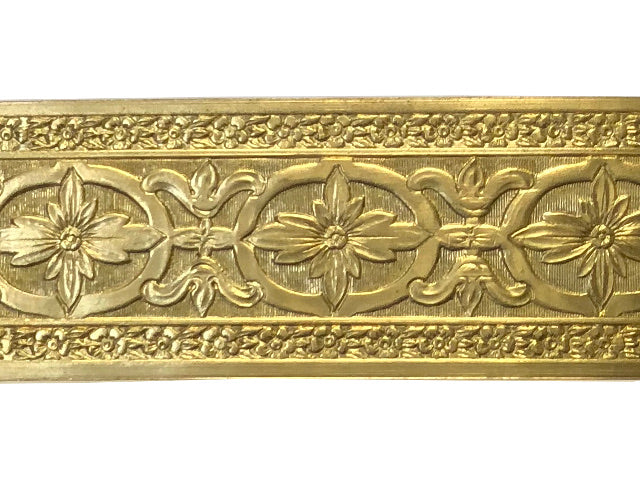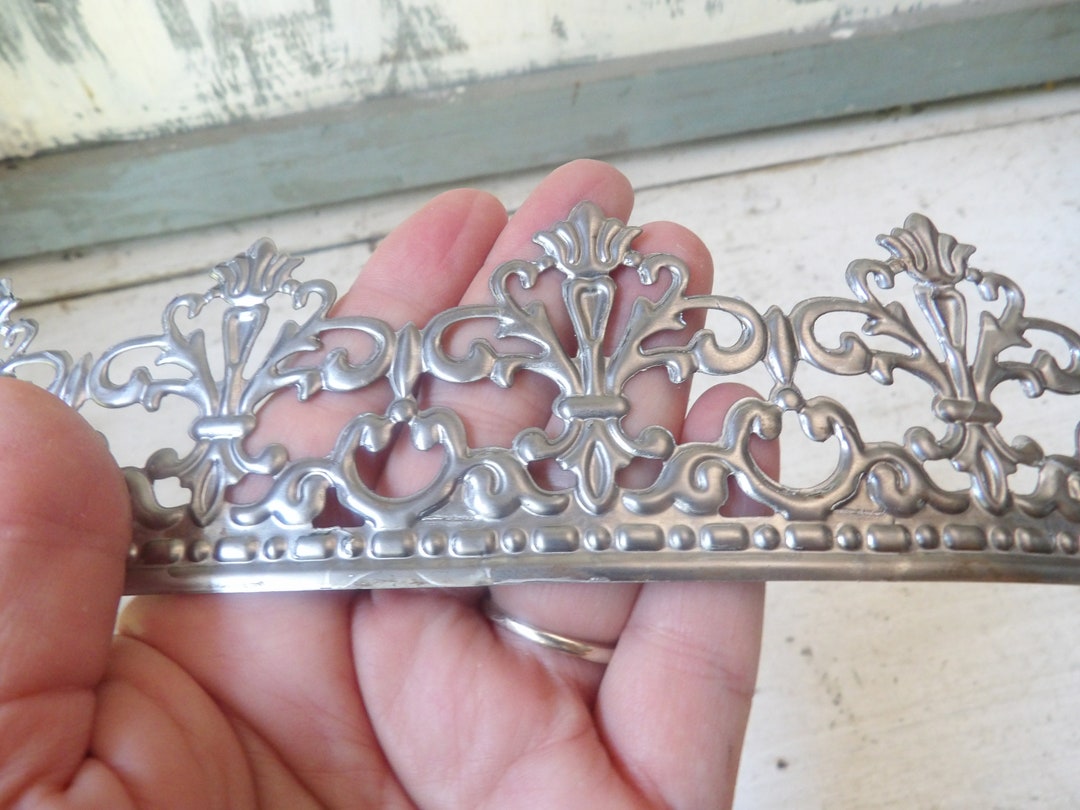In the realm of interior design and architecture, the details truly make a difference. One often overlooked yet impactful element in this domain is metal banding decorative. Having worked extensively with this versatile material, I’m excited to share insights, experiences, and tips on how to incorporate decorative metal banding into various projects. Let’s dive deep into this subject, exploring its applications, advantages, and the creative possibilities it presents.
What is Metal Banding Decorative?
Decorative metal banding refers to strips or bands made from metals like aluminum, brass, or stainless steel, used primarily for aesthetic purposes in design projects. They can be applied to furniture, cabinetry, ceilings, and more. The finish can vary from a polished shine to a matte texture, allowing for flexibility in design aesthetics.
Types of Metal Banding
Metal banding comes in various types, each suited for different applications. Here’s a breakdown of some popular types:
1. Aluminum Banding
Lightweight and resistant to corrosion, aluminum banding is ideal for indoor and outdoor applications.
2. Stainless Steel Banding
Known for its durability and rust resistance, stainless steel banding is perfect for high-traffic areas.

3. Brass Banding
With its warm golden tones, brass banding adds a touch of luxury and is often used in more decorative applications.
Applications of Decorative Metal Banding
The versatility of metal banding makes it suitable for numerous applications. Here are several ways to incorporate decorative metal banding into your design:

1. Furniture Accents
Using metal banding as an accent on furniture can elevate its look. For instance, wrapping the edges of a table or applying it to cabinets can create a sophisticated finish.
2. Wall Treatments
Metal bands can be used to create unique wall treatments. Consider a panel system where metal banding outlines different sections of the wall for a modern touch.

3. Lighting Fixtures
Incorporating decorative metal banding into lamps or sconces can enhance the lighting design, adding a functional yet stylish element.
4. Ceiling Designs
Using metal banding on ceilings can serve to outline beam structures or can be used in grid systems to create an intriguing visual appeal.

Benefits of Using Metal Banding Decorative
Choosing to use decorative metal banding comes with several benefits that can enhance your design projects. Here are the primary advantages:
1. Durability
Metal banding is robust and can withstand wear and tear better than many other materials, making it a practical choice for both residential and commercial use.

2. Aesthetic Appeal
It adds an elegant touch to any design, effortlessly blending with various styles—from industrial to contemporary.
3. Versatility
Whether used indoors or outdoors, in furniture or wall designs, decorative metal banding can easily adapt to different settings.

4. Easy Installation
Metal banding is relatively straightforward to install, which can be a time saver on projects.
Personal Experience: Transforming Spaces with Metal Banding
In one of my projects, I used brass banding to accentuate a series of handcrafted cabinets. The initial design seemed flat, but once the brass banding was added, it completely transformed the look, adding depth and luxury. I remember the moment when clients saw the final result; their eyes widened as they appreciated how a simple addition could elevate the entire space.

Considerations Before Using Metal Banding
Before diving into your project, consider the following:
1. Cost
While decorative metal banding can be a beautiful addition, it’s essential to budget appropriately, especially with higher-end materials like brass.
2. Maintenance
Some metals require more maintenance than others. For instance, you may need to polish brass periodically to maintain its shine.
3. Compatibility with Other Materials
Ensure that the metal banding you select complements the other materials in your design. A mismatched aesthetic can detract from the overall look.
Comparison Table: Types of Metal Banding
| Type | Material | Durability | Cost | Maintenance |
|---|---|---|---|---|
| Aluminum | Lightweight, Corrosion-resistant | High | Low | Low |
| Stainless Steel | Rust-resistant, Strong | Very High | Medium | Medium |
| Brass | Luxurious, Decorative | Medium | High | High |
Pros and Cons of Decorative Metal Banding
Like any design element, decorative metal banding comes with its own set of pros and cons:
Pros
- Enhances aesthetic appeal
- Durable and long-lasting
- Versatile for various applications
- Available in multiple materials and finishes
Cons
- Can be costly depending on the material
- Some require more maintenance than others
- Possible compatibility issues with certain materials
FAQs About Metal Banding Decorative
1. What is the best type of metal banding for outdoor use?
Aluminum banding is the best option for outdoor use due to its lightweight nature and corrosion resistance.
2. Can you paint decorative metal banding?
Yes, metal banding can be painted, but it’s recommended to use special metal primers and paint for the best adhesion and durability.
3. How do you clean metal banding?
For most metals, a soft cloth with mild soap and water is sufficient. For brass, periodic polishing may be necessary to maintain its shine.
4. Is decorative metal banding suitable for residential use?
Absolutely! Decorative metal banding can enhance the beauty and functionality of residential spaces.
5. Where can I buy decorative metal banding?
Decorative metal banding can be purchased from local hardware stores, specialty design shops, or online retailers.
Conclusion
Decorative metal banding is a powerful design tool that can transform spaces with its beauty and durability. Whether you’re an interior designer or a DIY enthusiast, consider incorporating this versatile material into your next project. With a little creativity and the right application, decorative metal banding can take your designs to the next level, much like it did for me in my projects.